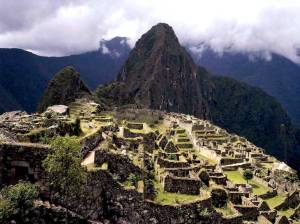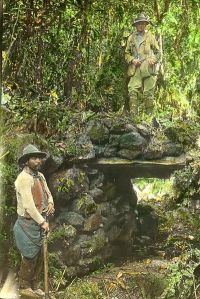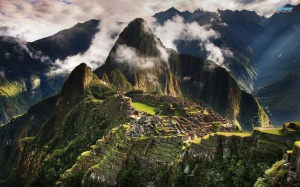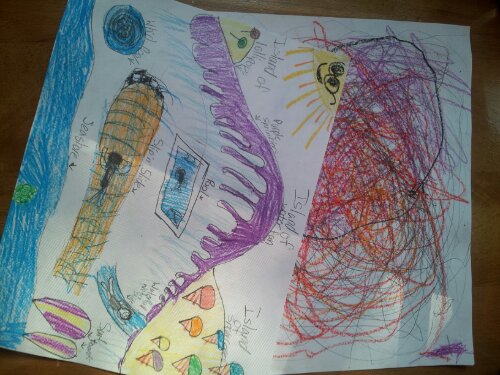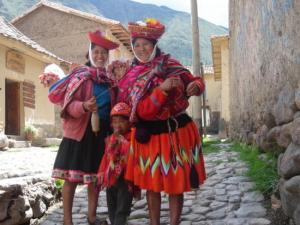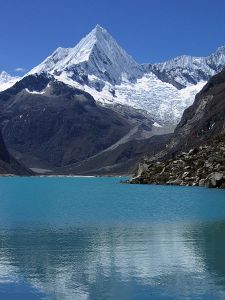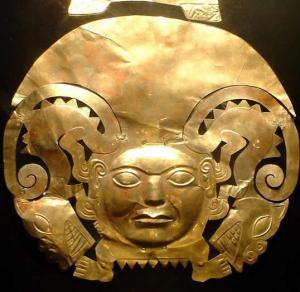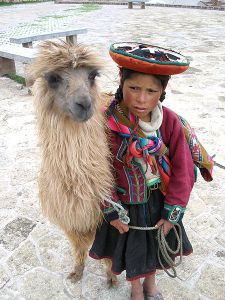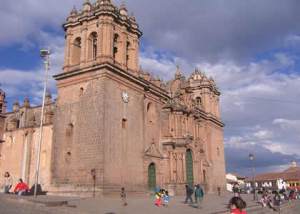Today, Machu Picchu is one of South America’s most popular tourist destinations, but for centuries it lay hidden in the peaks of the Andes mountains, and was the subject of many legends. Did this lost city, once an estate and religious sanctuary for the Emperor Pachacuti, really exist and how come the Spaniards never found it when they conquered the region in the 1500’s and destroyed so much of the magnificent Inca architecture?
According the story Lost City, it was in 1911 that the American professor and explorer Hiram Bingham set out to answer these questions and, with the help of local farmers and a Quechuan boy named Arteaga, uncovered one of the world’s most significant archeological findings. While he hoped to find some evidence that the city did once exist, he never could have imagined what he would discover high up in the peaks of the Andes mountains.
From the book Machu Picchu by Elizabeth Mann, we learn why the Incas selected such a remote spot up in the Andes for its location. They believed that mountain peaks were sacred because their snow caps provided the only dependable source of water. They thought that the mountain’s melting snow was the source of all the river and ocean water below. From this high sacred spot they could watch the rising sun, which they also prayed to, and make sacrificial offerings to their gods.
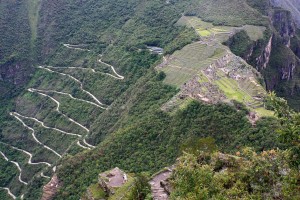
It is hard to imagine that this sophisticated granite city could have been planned and built before the invention of the wheel. With long winding roads and thousands of granite steps leading up and around the city it seems amazing that this all could have been constructed by hand and with only a basic pulley system to carry the heavy stones miles up the steep mountain.
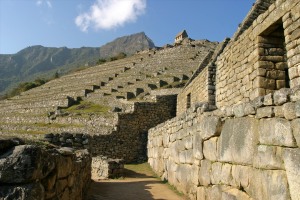
We wonder what it must have felt like for Hiram Bingham to see the ruins of Machu Picchu for the very first time. Was it anything like what he had dreamed of? And this leads me to a little project for the scouts: Imagine discovering a mythical hidden city of your dreams. What would it look like?
This is what they come up with:

AZ’s has a castle covered in gems. And clouds filled with love. When it rains they cover the city with love.

CZ’s has three islands. The Island of Water Fun with waterfall water slides and purple sprinklers, The Island of Lollipops and the Island of Snowcones.
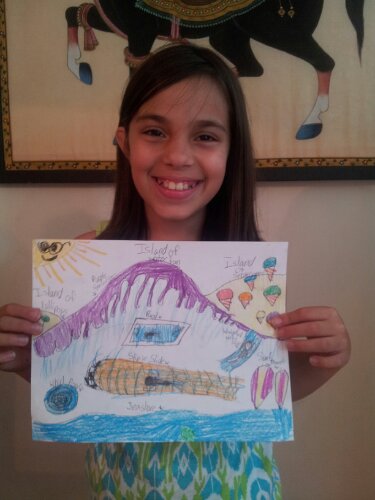
HZ’s is a sea of scribbles. Underneath it all he points out a whale and a crab and some dolphins. And then he shows us a circle that he says is his dog. (The dog that he has asked us to get him every day for almost a year!) He says he has found his dog in the lost city.

How telling about what we are looking for and what we hope to find!


